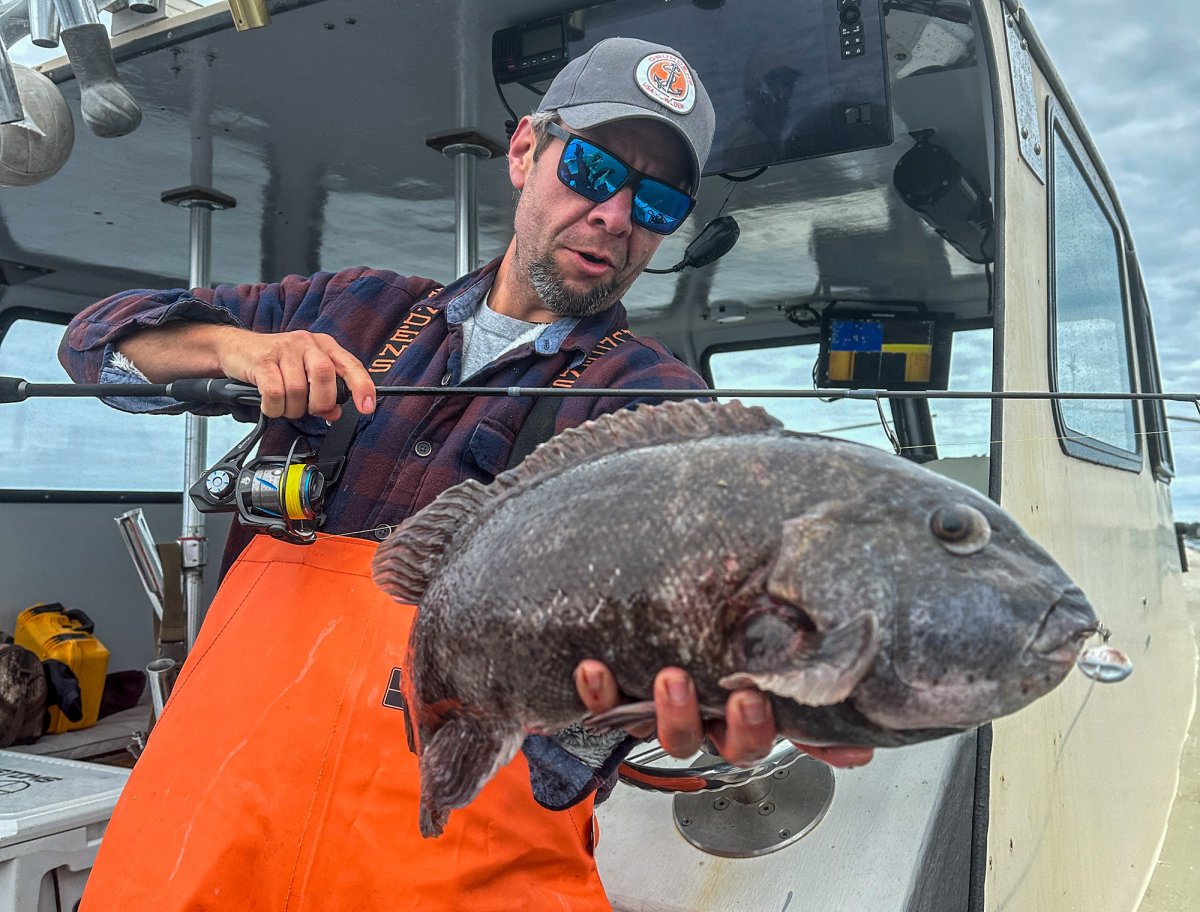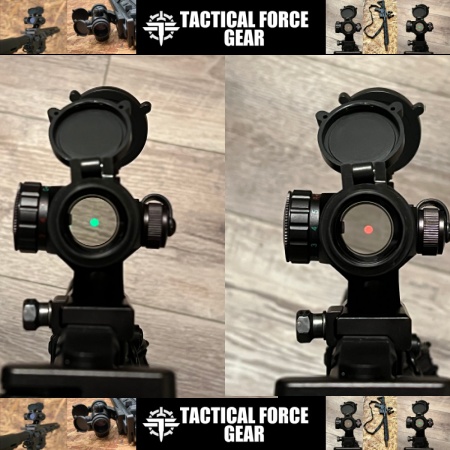Step back in time 20 or 30 years and most coastal anglers fishing between New England and the Mid-Atlantic weren’t very excited about catching tautog, also known as blackfish. Don’t misunderstand, it’s not that nobody cared about them, but their loyalists were largely anglers only interested in filling coolers. These strong, cunning members of the wrasse family weren’t valued for their sporting abilities, which is why old-school ‘tog hunters leaned on broomstick rods and heavy leaders; The goal was just to get the fish out of the rocks or wreck fast and get it on the plate. But all of that changed within the last decade or so.
Tackle and tactics that originated in Japan often trickle into the U.S. market, and the advent of ultra-light but ultra-strong jigging and spinning rods popularized overseas quickly caught our attention. Factor in modern compact reels that have a very high retrieve rate and super-thin modern braided lines, and the table was set for ‘tog jigging to explode in popularity. But “jigging” is a loose term. There’s nuance to this approach that takes time to master, and my friend and New Jersey-based charter captain Brett Taylor is as addicted to the method as me. So, let’s break down how it all works, because fall and early winter are ‘tog season throughout much of their range, and once you learn to jig them, you’ll never want to use a traditional ‘tog rig again.
Listen to this week’s episode of the Quick Strike Podcast on Apple, Spotify, or wherever you get your podcasts.
Rigs vs. Jigs
Tautog live among reefs, rock piles, and wrecks. To score bites from these wary fish, the goal is to keep your bait as still as possible on the bottom. That’s why a traditional ‘tog rig consists of a heavy bank sinker with a very short dropper leader close to the weight. To avoid chafing on the structure, these rigs were typically tied with monofilament testing 50 pounds or more. A ‘tog jig, however, acts as a compact rig. They can weigh up to 3 ounces and are designed to sit horizontally on the bottom and hold your bait — usually a chunk of crab. Braided line that creates less water resistance than monofilament allows you to deliver jigs effectively, creating a much more direct connection to your bait than with heavy gear and a traditional rig. This has huge benefits.
“You feel the bite much faster,” says Taylor. “You also get hung up less frequently, because it was always the heavy, dangling sinker in a traditional rig that got stuck most often. You always want to use as light a jig as possible to hold bottom, because the less weight the fish feels when it grabs the bait the better.”
Taylor notes, however, that jigs do have some limitations. They shine in water less than 40 feet deep, which is where ‘tog are often found. But he and I both agree that if we need a jig heavier than 2 ounces to hold, we’re switching over to a traditional rig. This happens when we do occasionally venture off into deeper water, or when wind or current conditions are simply making it too hard to keep our baits in place with a jig. And make no mistake, if your bait isn’t sitting still, it’s not getting bit.
Color Schemes
Tautog jigs are available in a massive array of colors, many of which are designed to help them blend in with the bottom structure. I tend to favor colors that match the rocks I’m fishing over, but some anglers swear color plays a role in the number of bites you’ll score. I have one ‘tog-obsessed friend who swears by blue, and another who leans on chartreuse. As for Taylor, he believes in keep it bright.
“I’m a huge fan of jigs that glow,” he says. “Tautog are visual feeders and it’s dark on the bottom. It’s funny because when I have clients on the boat, I give them unpainted jigs just because you lose a lot of jigs and they’re less expensive, but if I’m personally fishing, it’s glow.”
Jigs also come in patterns that match the most common baits. Green crabs and Jonah crabs (a.k.a. white leggers) are staples up and down the east coast. If you’re unsure of the bottom structure or not sold on a particular color, you can never go wrong buying jigs that match your crabs.
Ready, Set, Go
Whether you’re using a traditional rig or a jig, one of the most challenging parts of catching a tautog is just setting the hook. These fish have an uncanny ability to crush a piece of crab right off your hook in the blink of an eye. It can take practice to master the timing, and how the fish are biting also matters, as it changes often. Sometimes they commit and grab hard while other times they peck and nip and take more time to get the bait fully in their mouths. That direct connection you have to a jig can make successful hook ups easier, but you still have to be on your A game.
“The second your jig touches down, you need to be ready to strike,” says Taylor. “When the bite is good, the fish will be on your bait right away, so if you’re not tight immediately, you’re going to miss a lot of fish. The trick is learning the difference between a ‘tog pecking at the bait and really grabbing it. Often what you’ll feel is the line go completely slack as the fish begins moving away with the jig. That’s when you strike.”
Tautog can extend their rubbery lips, so what you’ll often feel first is them picking up the crab and holding it. What you want to feel is a more solid thump that tells you they’ve sucked the bait in completely. Although ‘tog jigs come with a variety of hook styles, Taylor prefers a very short shank, as he believes it increases hook up percentages because it can be concealed in the bait more effectively.
Read the full article here




